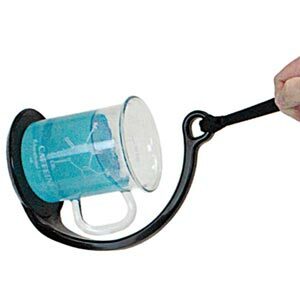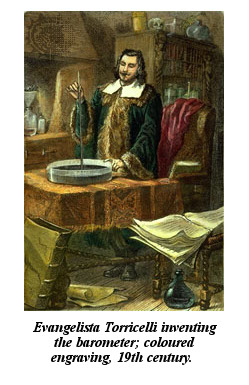 by: Evan Jones
by: Evan Jones
How the SpillNot works:
When you hold a cup of juice while walking, the juice tends to spill because the cup accelerates forward (ax, FIG.1, green arrow) and backward (-ax) with each step. The juice tips in response to that acceleration, and may spill over the rim of the cup.
 The Spill Not automatically tips the cup so that its top stays parallel to the juice surface (FIG.2). For example, if the juice surface tips to 30 deg, but the cup stays horizontal, the juice could spill. But if the cup also tips to 30 deg, we get no spill! Note that there are only 2 forces on each portion m of juice…the weight mg down, and the buoyancy force Fb of the juice pushing at a right angle to the surface. These two forces result in a horizontal accelerating force ma (in red). We see from FIG.1 that
The Spill Not automatically tips the cup so that its top stays parallel to the juice surface (FIG.2). For example, if the juice surface tips to 30 deg, but the cup stays horizontal, the juice could spill. But if the cup also tips to 30 deg, we get no spill! Note that there are only 2 forces on each portion m of juice…the weight mg down, and the buoyancy force Fb of the juice pushing at a right angle to the surface. These two forces result in a horizontal accelerating force ma (in red). We see from FIG.1 that



 Posted by Tami O'Connor
Posted by Tami O'Connor  Germs are everywhere. We could say they’re nothing to sneeze at, but that would be a pretty lame joke.
Germs are everywhere. We could say they’re nothing to sneeze at, but that would be a pretty lame joke.

 by: Donna Giachetti
by: Donna Giachetti